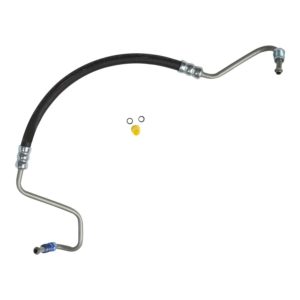Tybee Island Lighthouse Museum
For my parents 50th anniversary, we made a family trip to Savanna, Georgia and Tybee Island. While there, we toured the Tybee Island Lighthouse Museum.
The drive along Hwy 80 provides and interesting view of the narrow channels and grassy marshes that make up the area. At times, the road was very busy and always windy. We enjoyed looking at the boats of all sizes and the long wooden walkways to the private docks on the canals.
The Tybee Lighthouse has 178 steps that we climbed to take in the view from the top. This is still a functional lighthouse, although the electric light bulb means that constant maintenance is no longer needed. The light house keeper’s homes are now on display.
The entrance is through the gift shop where you may be greeted by one of the two Tybee Island Light House cats. There is a white one named Michael and a yellow one named Miss Kitty. Michael just lay there and yawned at us. Miss Kitty wanted to be petted. The signs there warn that the cats do not always want to be petted however and that visitors should use caution when approaching the cats.
The 178 lighthouse steps are steep and the circular nature makes it hard to pass people who are climbing in the opposite direction. It seemed best to wait on one of the landings to pass. The view from each landing provides a different perspective as you climb so they are good places to stop anyway.
The view from the top was well worth the effort to get there. There is a narrow platform that goes around the top of the lighthouse where you can get a view of the surrounding area. You can see the beach and the shipping channel that the light house marks. You can also look out across the island and see the homes and condominiums that make up the north end of the island.
After climbing the light house, we toured the former keeper’s home. Before 1933, the light house had an oil lamp that had to be refueled often. This meant the keepers had to be onsite to constantly climb the stairs and keep the oil light burning. The renovated homes on the site are where these people used to live.
One of the homes is now a movie theater and the other has been restored to see what life might have been like for the keeper and his family. The home is furnished in period fixtures and decorated with old toys and curios that might have been found there.
The distinctive black and white stripes of the Tybee Island Light house were first put there in 1916. The black at the top helps the light house be visible in the day time from the sea. In 1965 they changed the paint scheme but it was restored in 1999 to the 1916 pattern that has become the Tybee Island Lighthouse we are familiar with.
The light house is closed on Tuesdays but open other days of the week. It cost $7 to tour. There are various discounts available. Parking is ample and free in the Museum parking lot. You can also park across the street in the beach parking area but you have to pay the parking meters there.
The ticket price also includes the Battery Museum across the street. I seemed to be the only one in my family that expected to see batteries in the Battery Museum. It is actually an old fort designed to protect the island and the river from enemy attack. I don’t think it was ever used for that as most attackers simply went somewhere else to enter Georgia.
Inside the battery however are several interesting old photos of Tybee Island or Savanna Shores as it was know previously. In the 1920’s and earlier Tybee was a playground for people looking to escape. Before Hwy 80, there was a train track to the island playground. There were huge resorts, dance clubs and carnival type places on the island. Not much remains of the former glory days on the island now.
After our tour of the museum, we hit the beach right behind the Battery museum. For lunch, we noticed the local Shriner’s Lodge was selling hot dogs. So, we ate hot dogs and chips on the back bumper of our Suburban while every one changed into their swim clothes.
The beach is accessed by a wooden walkway across the marsh grass. The sand is nice and wide with plenty of space even on the busy Forth of July Weekend when we visited.
For more information about the Tybee Island Lighthouse Museum see: http://www.tybeelighthouse.org/





























